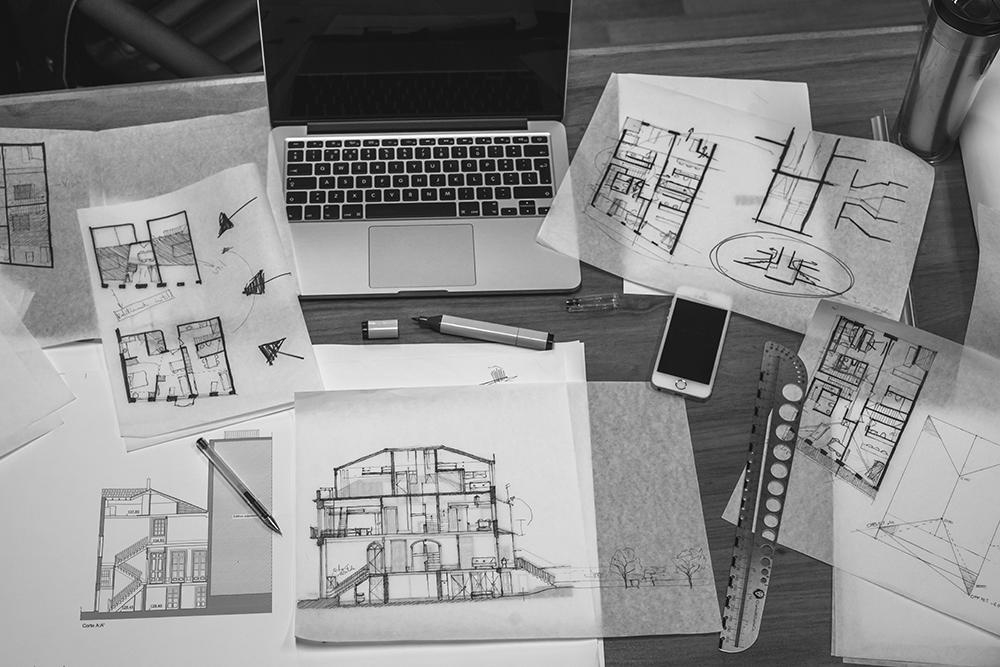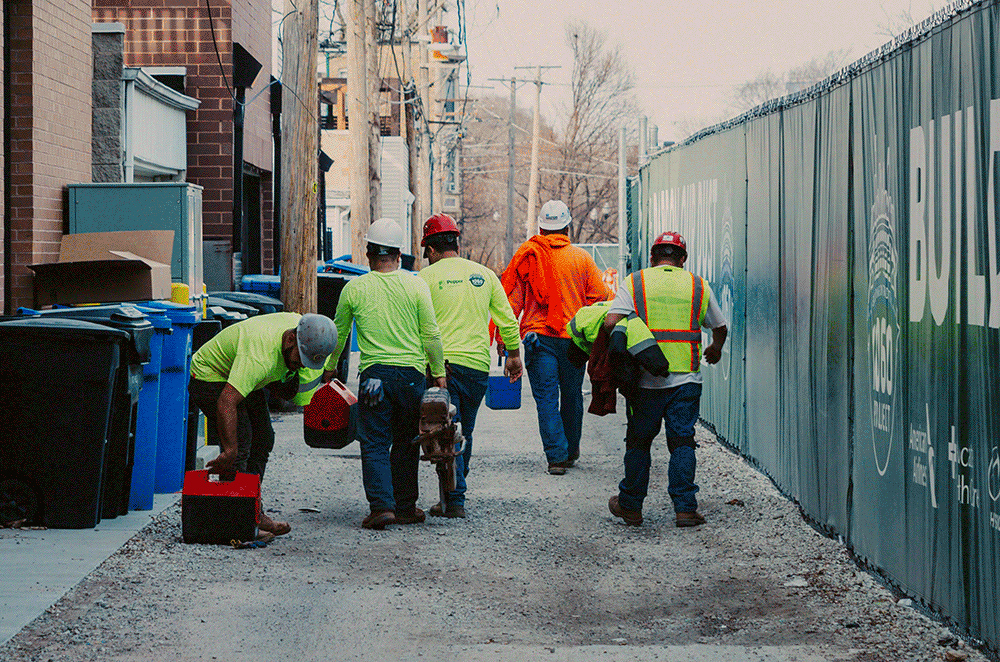
Estimated reading time: 7 minutes
This is a guest blog post written by Victoria Green about designing a website. More information can be found at the bottom of this blog post.
Designing a website is no small task. It can take months to perfect, with all sorts of important factors that need to be taken into consideration. Just like building a house, every small part needs to work together to form a whole.
From form and function to budget and aesthetics, there are many aspects to cover on the road to creating a digital ‘home’ for your business that you can be proud of. Here are some of them.
Finding The Right Location
When you’re building a home from scratch, one of the first factors to consider is finding a suitable plot of land – one with the stable ground, access to utilities, a good community infrastructure, and a desirable climate.
Deciding where to host your website is like choosing where to start building. You need a hosting option that will support the needs of your website: I’m talking about high bandwidth limits, technical support, security, reliability, and ease of use. Here’s a great guide to web hosting to get you started.
Related Links
What’s more, you need to think about whether to go hosted or self-hosted. Hosted solutions are very easy to use, but the customization options are much more flexible if you go self-hosted.
Deciding What Kind Of ‘House’ To Build
There are lots of different types of houses out there, from your bungalows and barn conversions to your cabins and castles. Each provides a very different type of living experience – and with drastically different associated costs. Imagine the upkeep of a castle!
Likewise, there are many different types of websites out there: so what are you looking to build? Will it be an affiliate website? A blog? A corporate website? An eCommerce store? A personal portfolio? A review site? Social networking? A webcomic?
Being clear about the purpose of your website is an essential step to cover before getting started.
Planning, Planning, Planning
Architects and engineers train for years to be able to build and design houses, just as web designers and developers must do in order to build effective websites.
Just like a building, a stable website needs a solid architectural design. It’s easy to jump excitedly into a new project, before giving ample thought to exactly what you want to achieve. The first step to designing and building a great website are looking at aspects like content, layout, and functionality.
In the same way as architects, most web designers will start with a grid – this helps to provide a clean structural outline that is particularly useful for designing responsive templates.

Thinking About Practical Elements When Designing A Website
When you’re building a house, you can think about practical elements that make it livable. Where will the windows and doors go? Do you want a south-facing garden? How will you set up drainage? Do the floor plans make sense to move around?
These practical elements apply to websites too. It’s all too easy for websites to become complex and confusing. Aspects like visual hierarchy, for instance, should be factored in to ensure that users are seeing the most important parts of each page – this is particularly important if you’re in e-commerce.
According to Hick’s law, every additional choice you offer to users increases the time it will take them to make a decision, so eliminate distracting and unnecessary options where possible. Certain design elements can be grouped together to form a whole – but avoid this if you want each point to stand separately. CTA buttons should be carefully sized, according to their expected frequency of use.
Efficiency And Making Smart Choices
When we build a house, we usually build it to suit our lifestyle. Increasingly, more people are building homes that are designed to conserve energy and minimize wastage. These are smart choices that will save the homeowners money in the long run.
So your website should be built with maximum suitability and efficiency in mind. What are the essentials that you really need from the get-go? These should be put in place first. You wouldn’t install a pool before a bathroom.
With any web design, usability should be right at the top of your list of priorities. Nothing is more frustrating for users than a website that doesn’t work properly, particularly on mobile devices. Your site should be responsive – that’s non-negotiable – and it should be accessible, by which I mean it should also be easy for people with disabilities to navigate (see WCAG 2.0 Guidelines).
Starting With The Essentials
There are certain things that every house needs. Electricity, plumbing, strong load-bearing walls, etc. Likewise, there are certain essentials that every website needs before it’ll make a good impression on its customers.
First off, it should be immediately clear what your website is about as you land on the homepage. This is not the place for ambiguity. Second, your contact information should be prominent throughout. Third, it must be high-speed. The average amount of time that users will wait for a website to load is now approximately four seconds.
You also need to make it as easy and foolproof as possible for your customers to find what they’re looking for. Rich images and fresh, well-organized content will also go a long way. All of these things play into a well-rounded SEO strategy. Having them from the start helps set the foundation for ranking well in Google later.

Knowing When To Get Professionals Involved
Some people do a lot of work when building their own homes. But even so, there will come a point when you’ve got to bring in trained craftspeople to do the tricky stuff: things like plumbing and wiring, for instance (unless you happen to be a plumber or electrician).
There is very much an economic and practical balance to be found between doing some of the projects yourself and hiring experts to handle the rest. Website templates and online store builders can get you a fair way for less than you might pay for a fully custom design, but what you save in cash, you lose in man-hours.
Sure, you can knock up a (very) simple website using Wix or Squarespace, but the pitfall is that you limit yourself in terms of what your website can do – and how much you can change. Working with professional designers or developers who have the knowledge to create something bespoke does cost more, but you might be glad of them should you get stuck in a technical black hole.
When you hire professionals, you know that your site will be created to suit your business perfectly. What’s more, you know they’re on board with the latest trends and regulations. It’s the difference between buying an IKEA flat-pack home, and a custom new-build with everything exactly as you want it.
As you can see, there’s a lot of common ground between building a house and building a website. And one of the most important things to take away from this is sustainability. When you build a house, you’re making a long-term investment, and the same goes for your website. Using cheap materials and cowboy builders is a huge risk – so why would you take it?
If you’d like to learn more about our website design and development process, you can read our tips for industry novices here.

Victoria Greene is an e-commerce marketing expert who loves to help businesses grow. She’s also a freelance writer and runs her own blog at Victoria Ecommerce. Big advocate of creative content marketing and making the most of social media.
Start A Project With Us Today!
Contact Matchbox Design Group Today!
If your website could use a refresh or you’re looking to drive more traffic to your site, fill out the form below and we’ll contact you to learn more about your digital needs.

